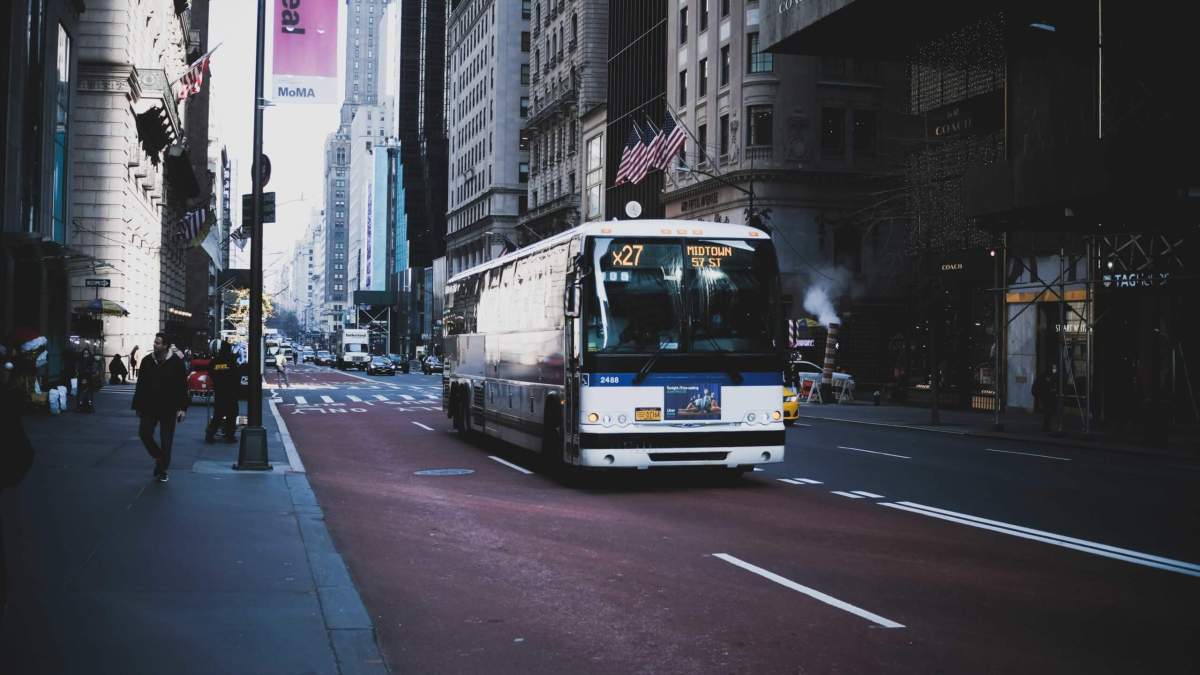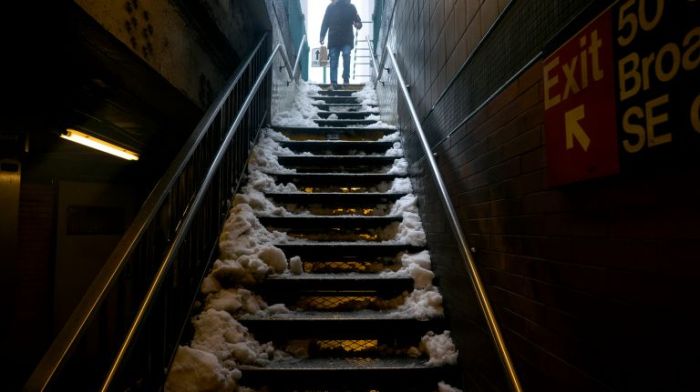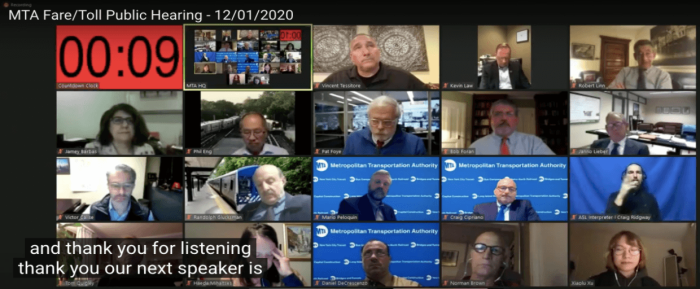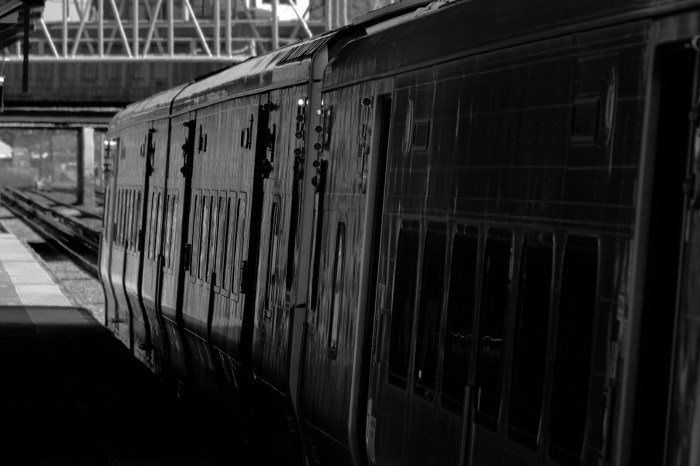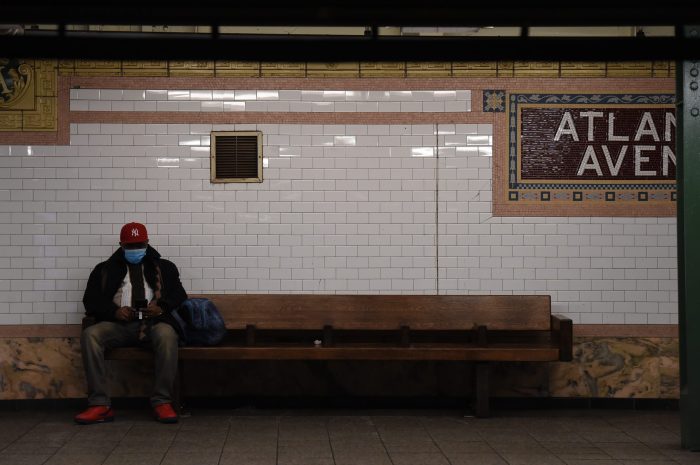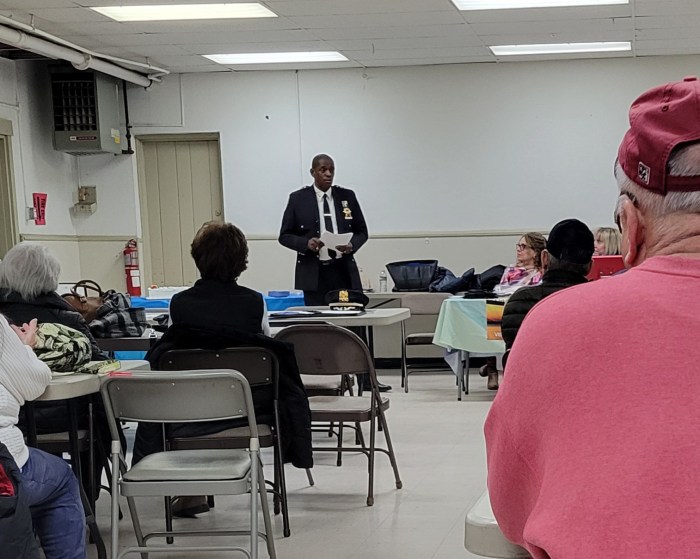Possibly averting the worst of the doomsday cuts presented in recent months due to the COVID-19 related financial crisis, the Metropolitan Transportation Authority says that a $1.8 billion surplus will carry them through 2021 as long as the federal government provides $4 billion in relief.
But while the 40% service cuts may not be implemented in the near future – 2022 to 2024 could still bring a $7 billion in deficits – it has not stopped the MTA board from voting to adopt a fare and toll increase which will be approved or denied in finality during the January meeting. The MTA voted to approve the 2021 budget.
“This budget will assume [the acquisition of] $4.5 billion in federal funding for 2021. That’s an assumption. But I want to be clear about what the board is being asked to vote on today and what it’s not being asked to vote on today,” MTA Chairman Pat Foye said. “The board will be asked today to consider and vote on adopting the 2021 budget, and the 2021 to 24 financial plan. Today’s vote, however, is not a vote on any fare and toll policy change proposals.”
With the prospects for transit funding with President-elect Joe Biden taking office in January being good, Foye said that if the $4.5 billion does not come through the MTA will be forced to revise the budget they adopted in the Wednesday meeting.
The deficit for 2021 will be $4.4 billion without federal funding after FEMA grants and a $2.9 billion loan from the Federal Reserve.
“Although the MTA has requested $12 billion in new federal aid. Prior to the McKinsey’s updated analysis, but a similar plan assumes the receipt of just $4.5 billion of such aid to address the 2021 shortfall,” MTA CFO Robert Foran said. “The 2021 budget and 2021-24 financial plan projected cash deficits will be revised as conditions dictate as information regarding federal funding is forthcoming, but will be balanced on a cash basis by the end of 2021, the MTA will utilize all available resources and tools to ensure the MTA ends 2021 on a self-sustaining basis as required by statute, including service reductions wage freezes fare totaling about the plan 4% and or deficit financing. All painful and unwanted.”
Fare and toll increases of 4% continue to be on the table along with the 40% service cuts on subways and buses, 50% on commuter rail and up to 9,000 in workforce layoffs.
Transport Workers Union President John Samuelsen warned that if the federal government provides funding for the MTA but not for the state of New York, the agency could be the target of Governor Andrew Cuomo’s administration raiding those funds, which Foye did not contest.
According to Foye, Long Island Rail Road, which already has a 10% reduction in service on weekends, will be cut by an additional 10% to 15%. Phil Eng, President of the LIRR, said some of these reductions will help facilitate repairs and upgrades.



